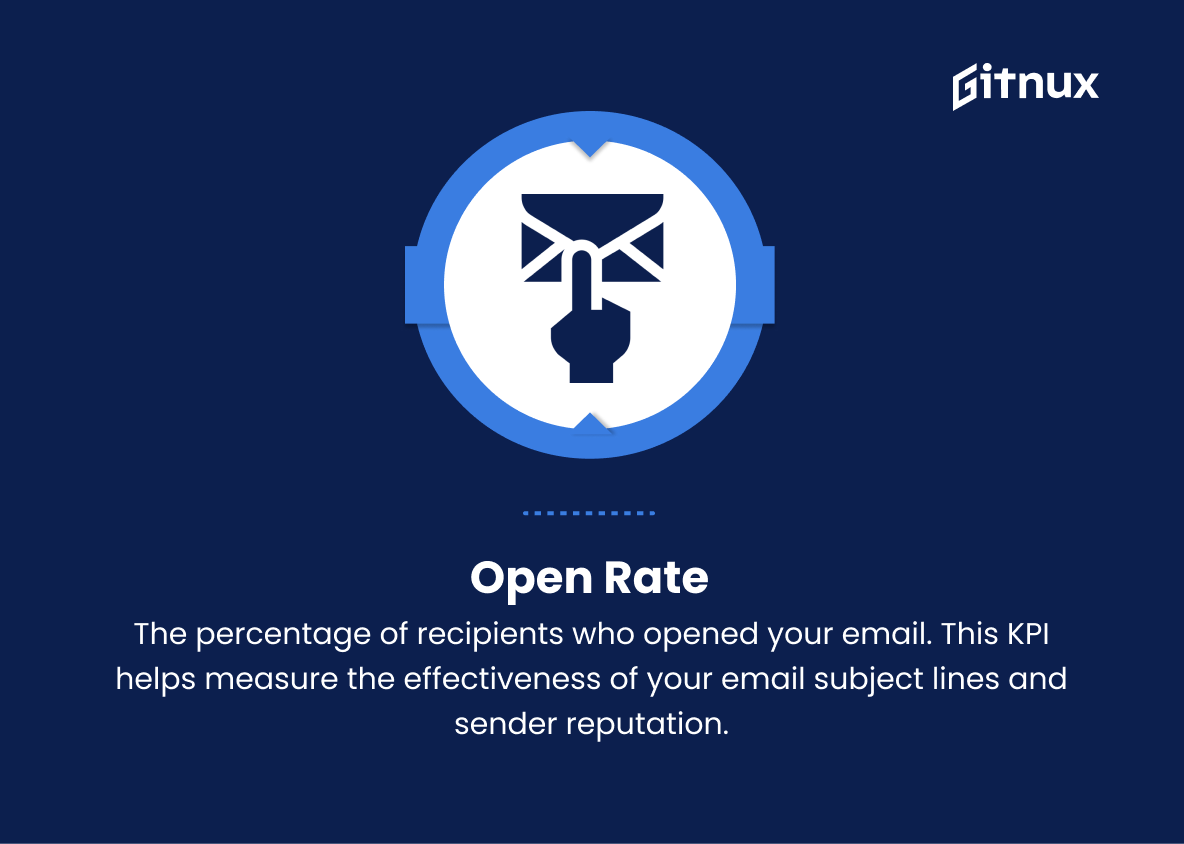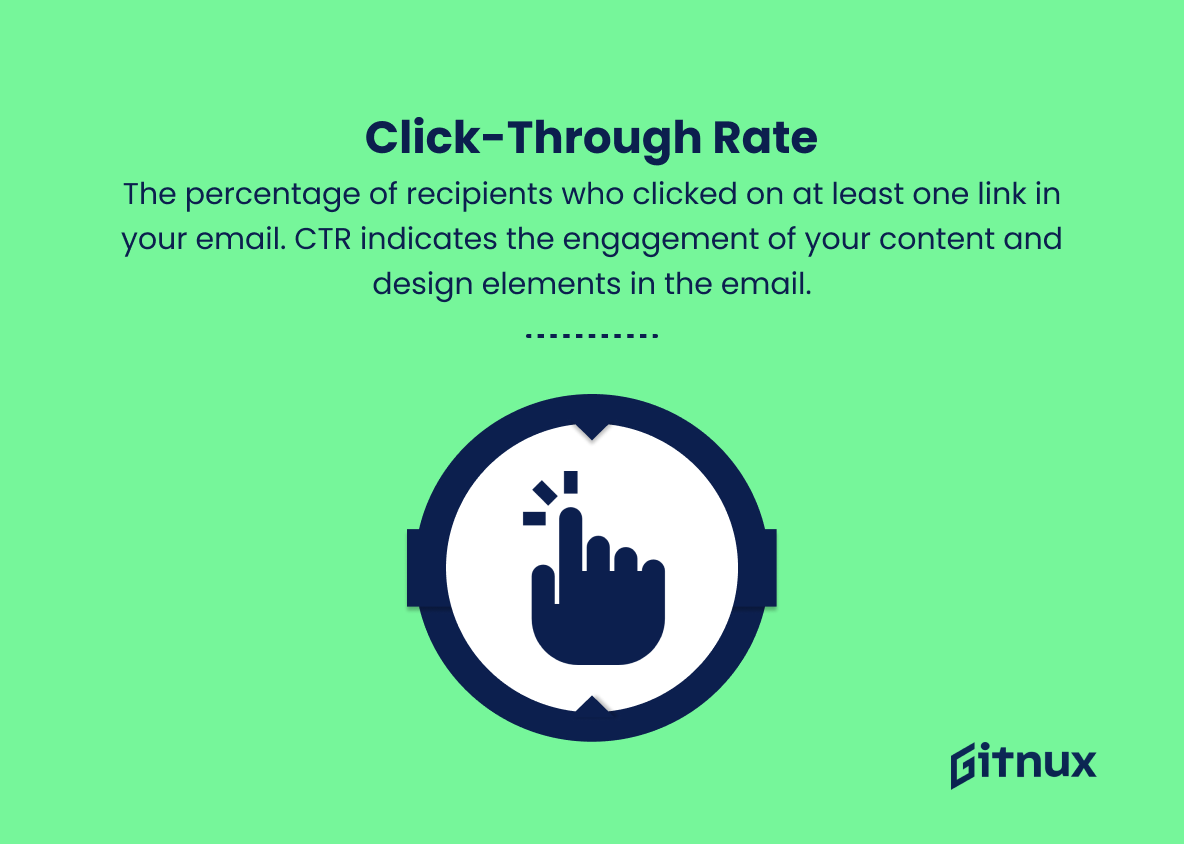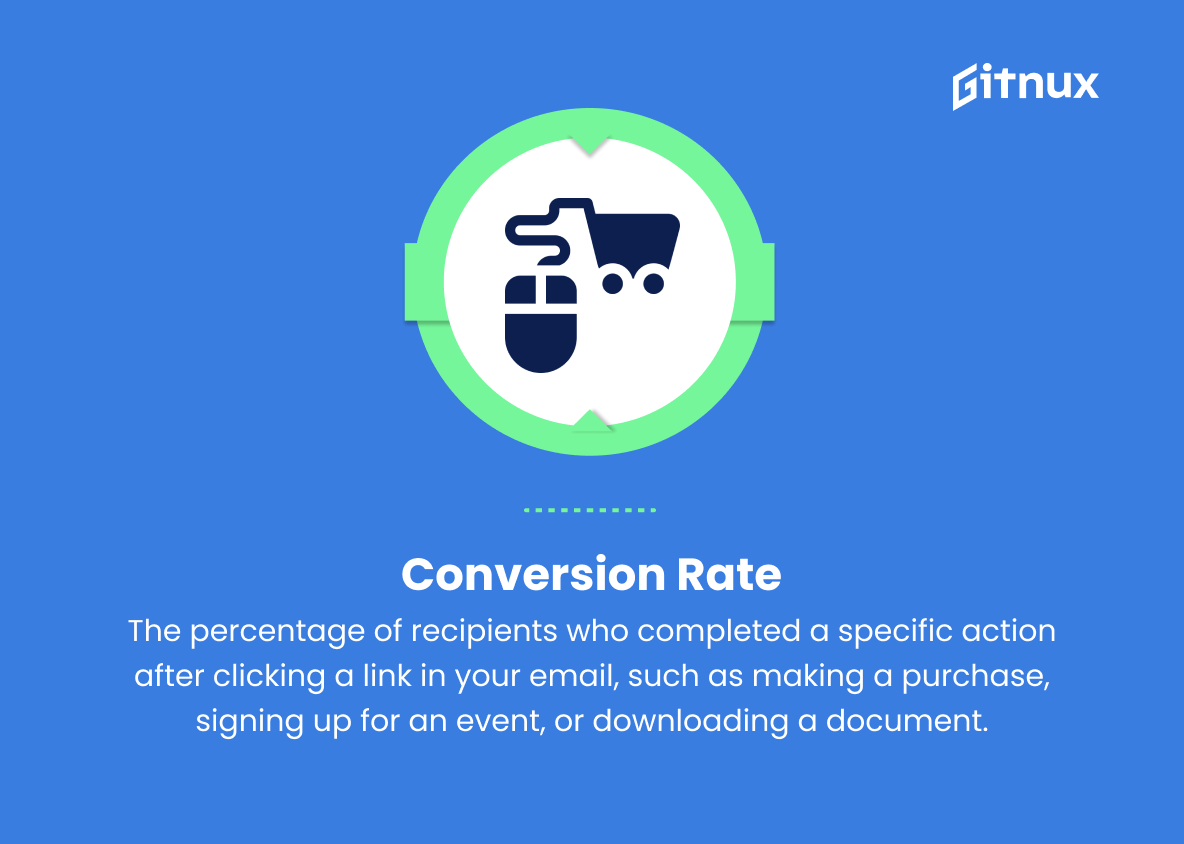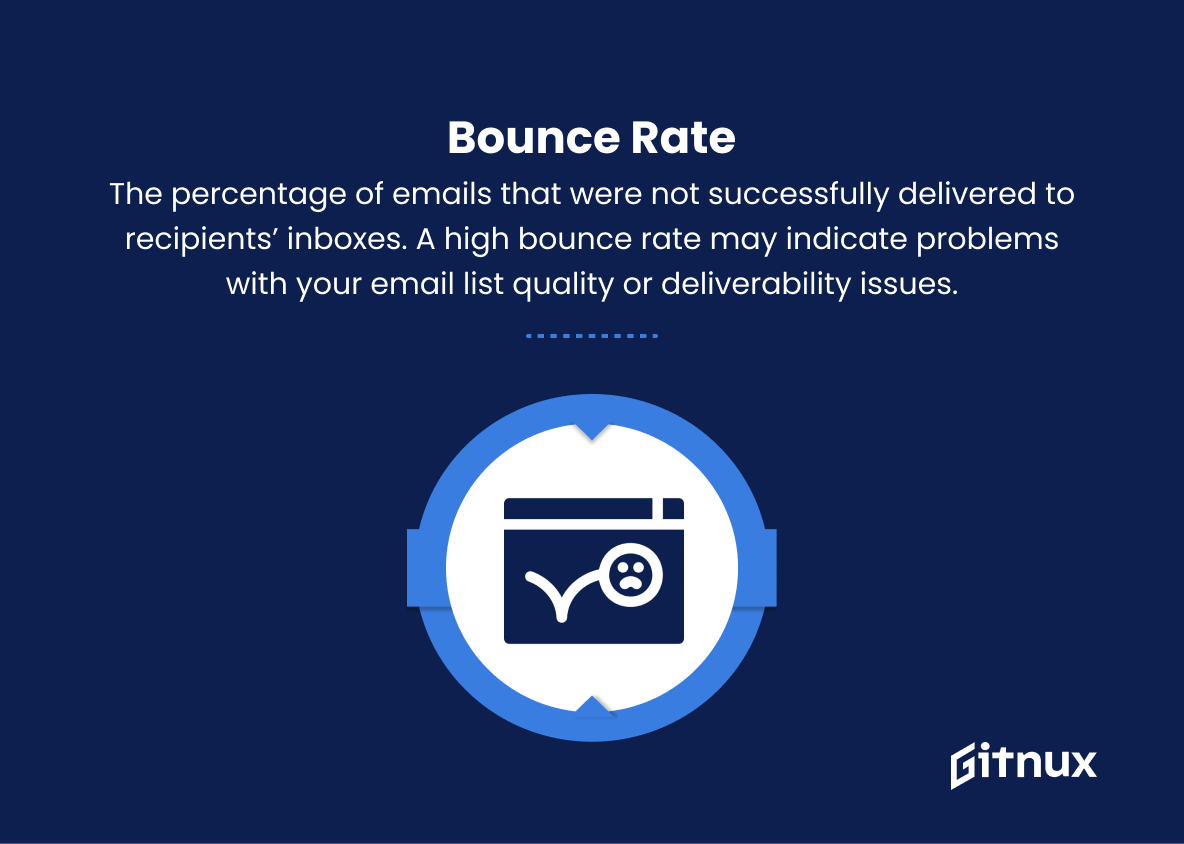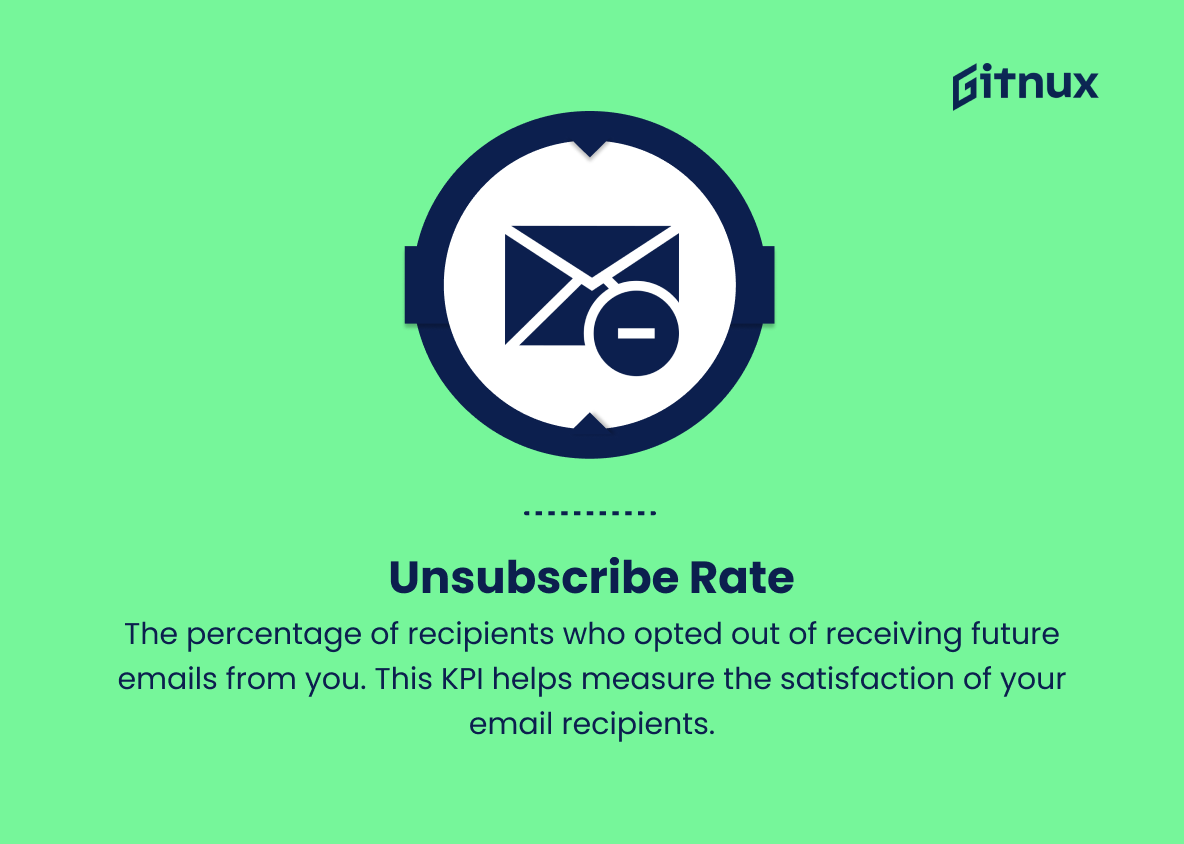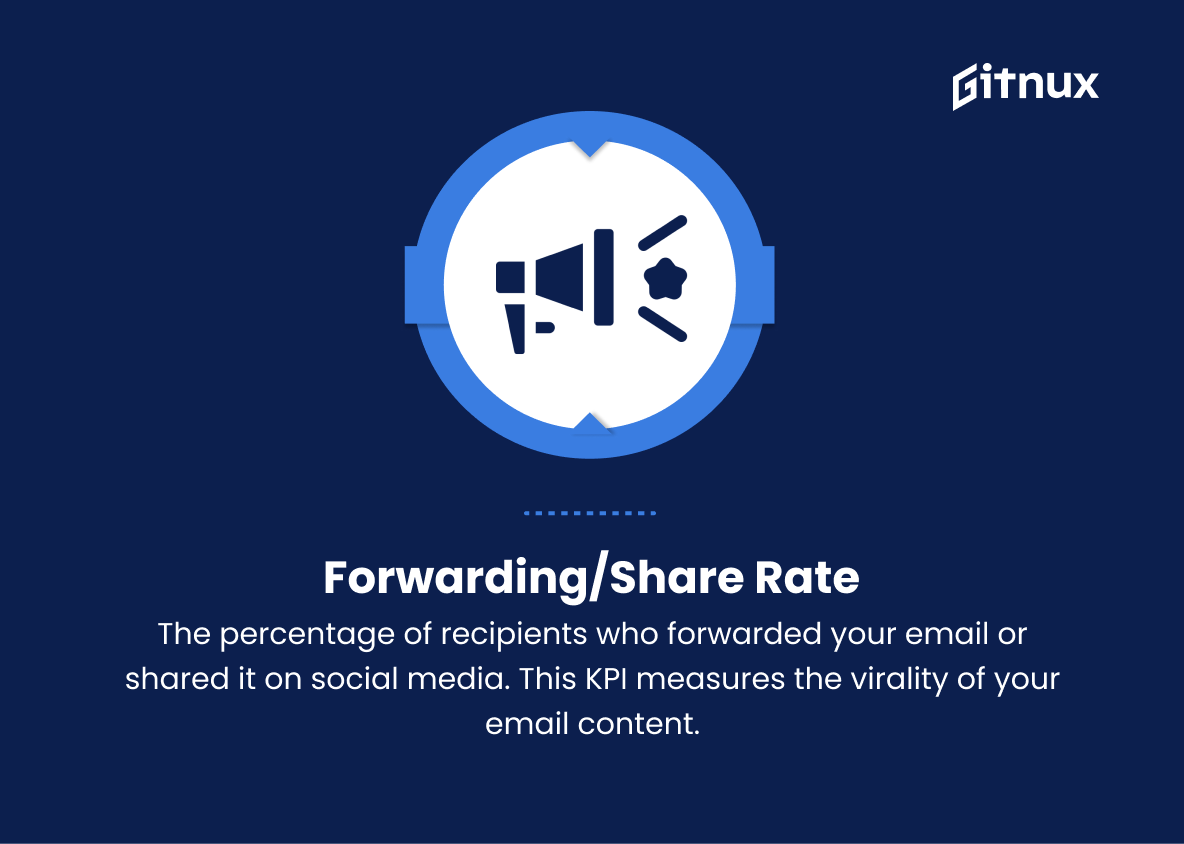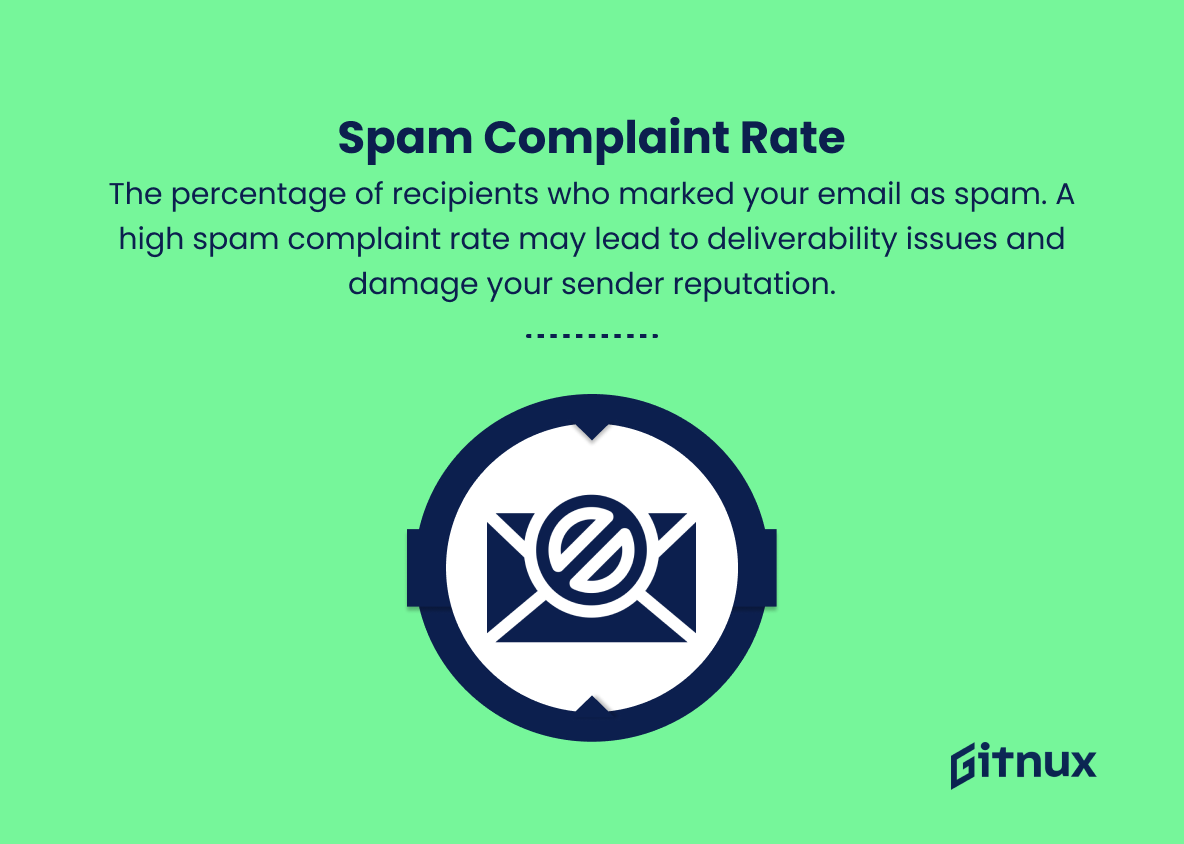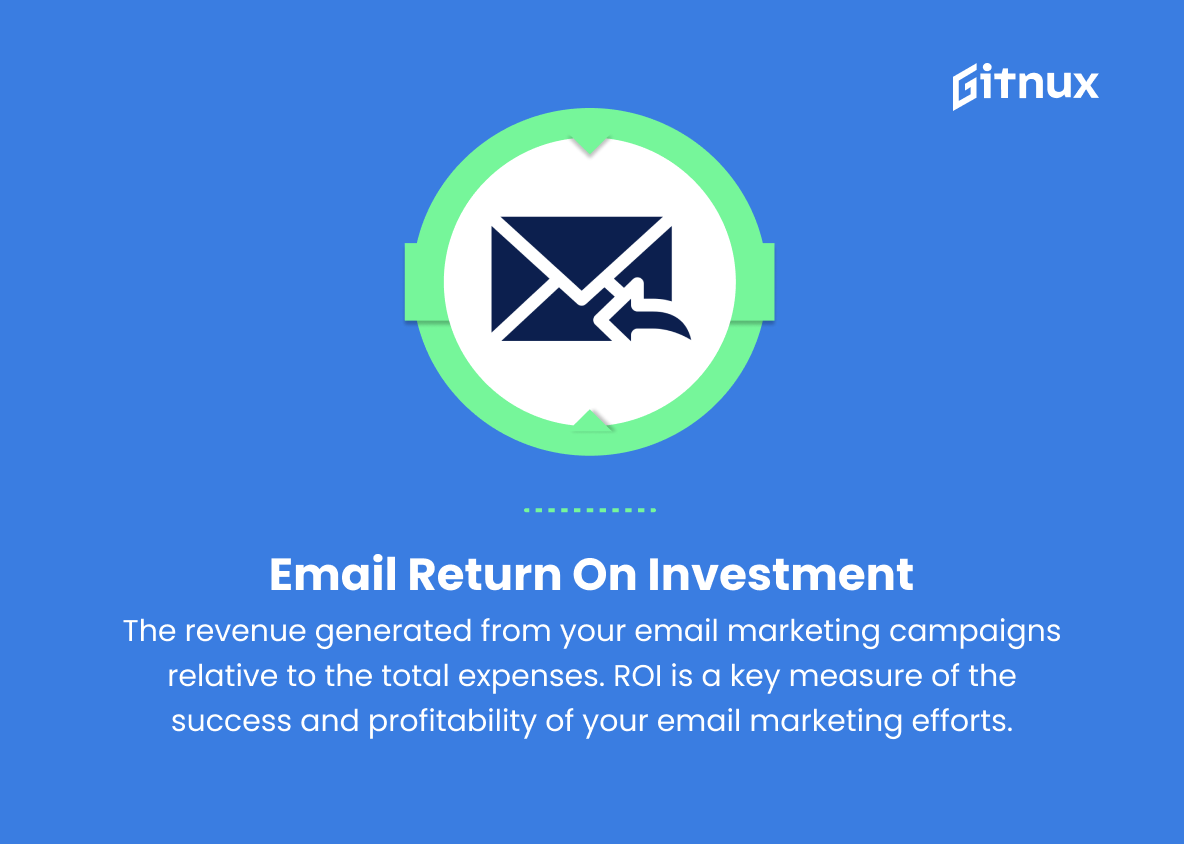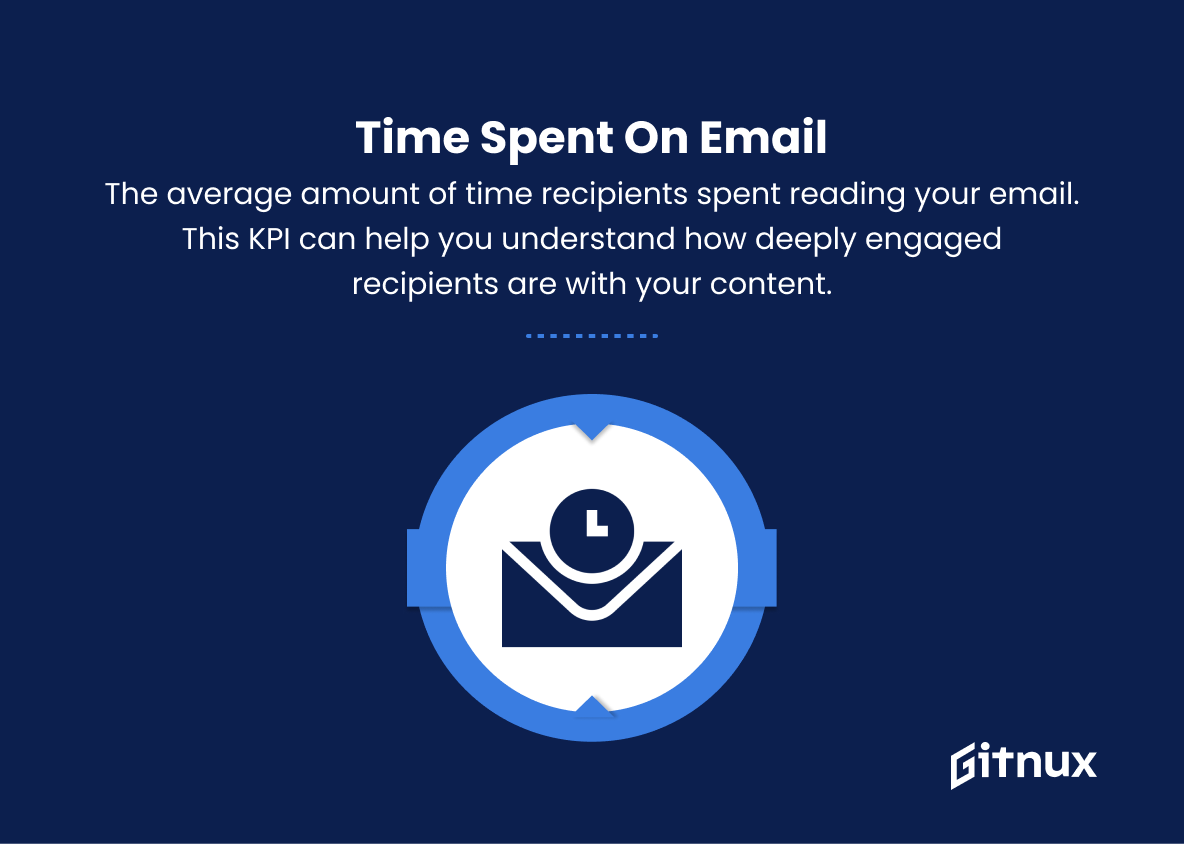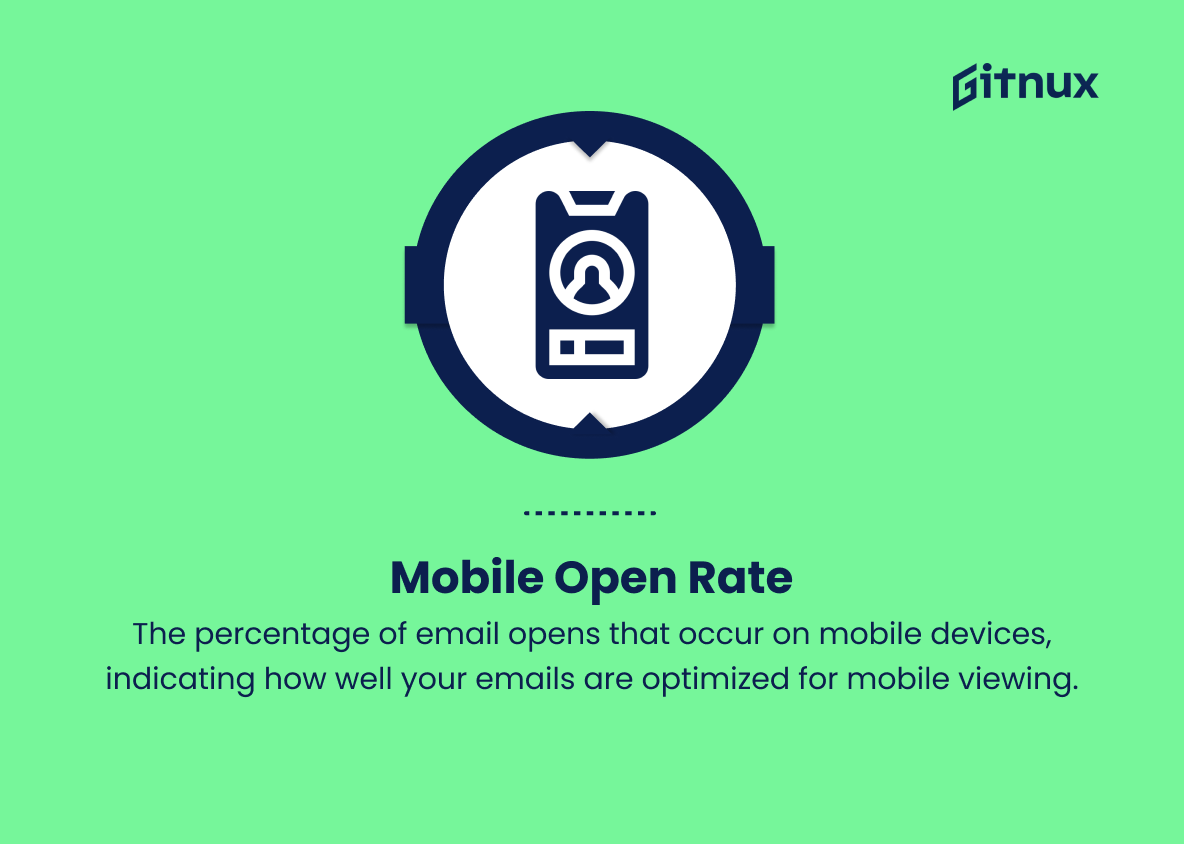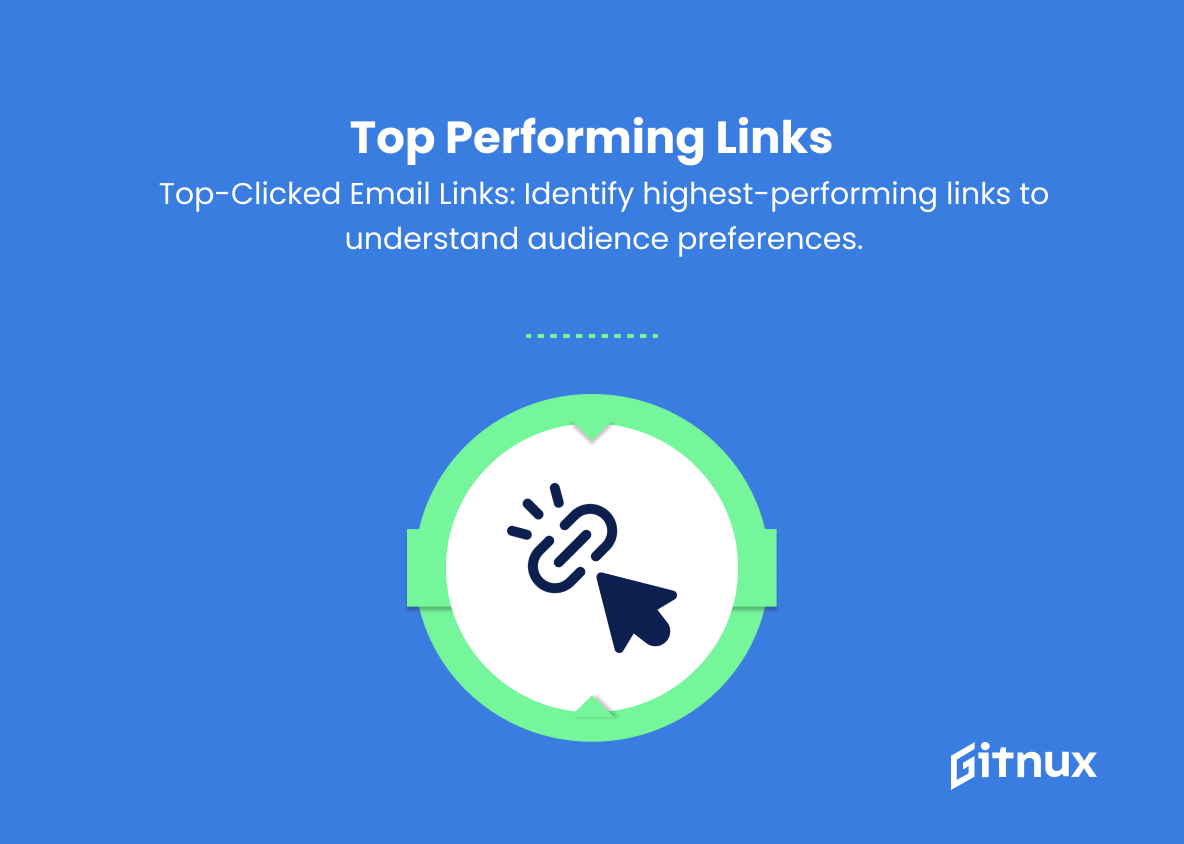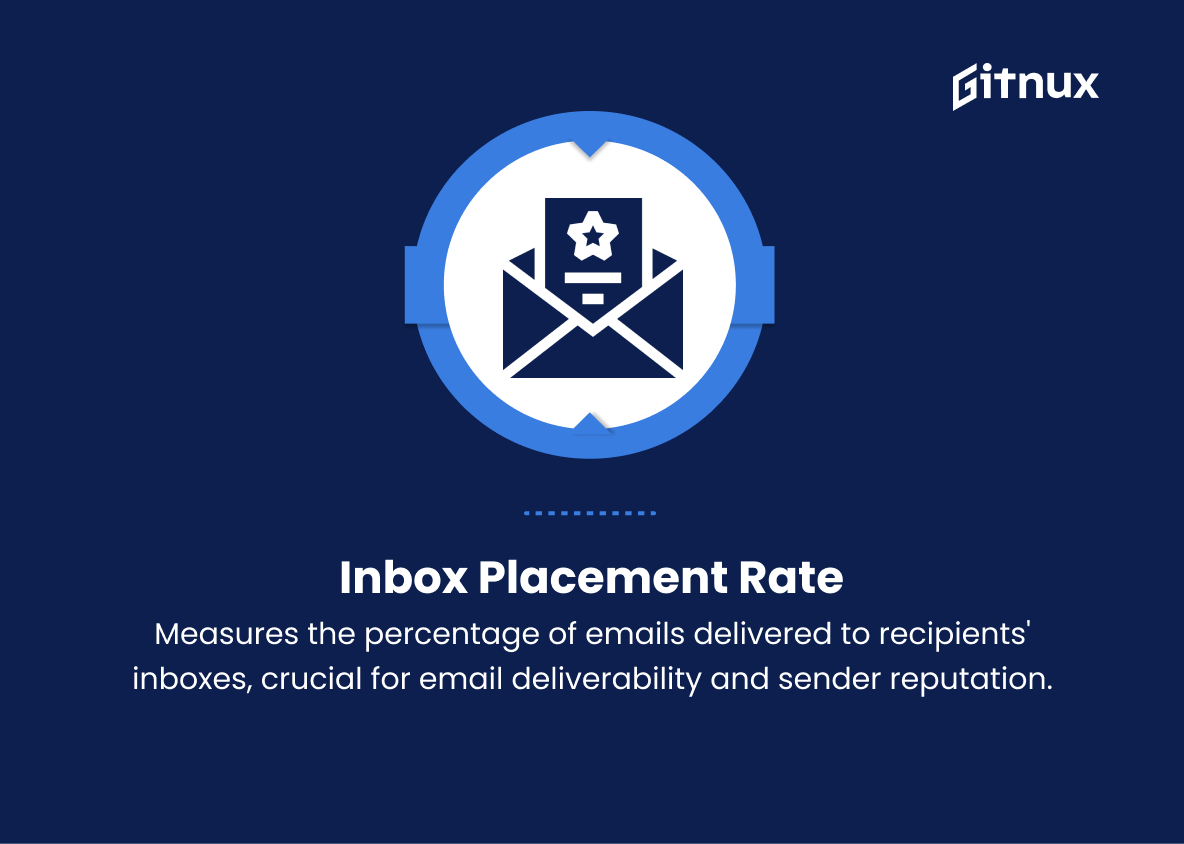In today’s digital age, email marketing remains a powerhouse for driving engagement, conversions, and nurturing customer relationships. However, success in this medium requires a keen understanding of key performance indicators (KPIs) to help marketers assess the effectiveness of their email campaigns, identify areas for improvement, and make data-driven decisions.
In this blog post, we will delve into the top email marketing KPIs, their significance in shaping your strategy, and how they can ultimately propel your business towards measurable growth and success. Stay tuned as we unravel the invaluable insights that these metrics can provide to enhance your email marketing efforts.
Email Marketing KPIs You Should Know
1. Open Rate
The percentage of recipients who opened your email. This KPI helps measure the effectiveness of your email subject lines and sender reputation.
2. Click-Through Rate (CTR)
The percentage of recipients who clicked on at least one link in your email. CTR indicates the engagement of your content and design elements in the email.
Bounce Rate is the percentage of emails that were not successfully delivered to recipients’ inboxes.3. Conversion Rate
The percentage of recipients who completed a specific action after clicking a link in your email, such as making a purchase, signing up for an event, or downloading a document.
4. Bounce Rate
The percentage of emails that were not successfully delivered to recipients’ inboxes. A high bounce rate may indicate problems with your email list quality or deliverability issues.
5. Unsubscribe Rate
The percentage of recipients who opted out of receiving future emails from you. This KPI helps measure the satisfaction of your email recipients.
6. List Growth Rate
The percentage by which your email list is growing or shrinking over time. A healthy list growth rate indicates your email marketing efforts are attracting new subscribers and retaining existing ones.
Spam Complaint Rate is the percentage of recipients who marked your email as spam.7. Forwarding/Share Rate
The percentage of recipients who forwarded your email or shared it on social media. This KPI measures the virality of your email content.
8. Spam Complaint Rate
The percentage of recipients who marked your email as spam. A high spam complaint rate may lead to deliverability issues and damage your sender reputation.
9. Email Return on Investment (ROI)
The revenue generated from your email marketing campaigns relative to the total expenses. ROI is a key measure of the success and profitability of your email marketing efforts.
10. Time Spent on Email
The average amount of time recipients spent reading your email. This KPI can help you understand how deeply engaged recipients are with your content.
11. Mobile Open Rate
The percentage of email opens that occur on mobile devices, indicating how well your emails are optimized for mobile viewing.
12. Top Performing Links
The specific links within your email that receive the highest number of clicks. Analyzing top-performing links can provide insights into the types of content that best resonate with your audience.
13. Inbox Placement Rate
The percentage of your emails that land in recipients’ inboxes as opposed to their spam or promotions folders. This KPI is crucial for measuring email deliverability and sender reputation.
Email Marketing KPIs Explained
Email Marketing KPIs play a significant role in understanding and optimizing email campaigns. Open Rate evaluates the effectiveness of subject lines and sender reputation, while Click-Through Rate (CTR) measures overall recipient engagement with your content and design. Conversion Rate demonstrates the success of your call-to-actions, while Bounce Rate and Unsubscribe Rate help identify potential issues with list quality, deliverability, and recipient satisfaction, respectively.
List Growth Rate highlights the effectiveness of email marketing in attracting and retaining subscribers, whereas Forwarding/Share Rate indicates the virality of your content. Spam Complaint Rate is essential to monitoring and maintaining your sender reputation. Email Return on Investment (ROI) evaluates the profitability of your campaigns, while Time Spent on Email and Mobile Open Rate give insights into recipient engagement patterns and mobile optimization effectiveness.
Top Performing Links help identify content preferences, and Inbox Placement Rate is crucial for measuring email deliverability, ultimately contributing to email marketing success.
Conclusion
In conclusion, understanding and tracking the right Email Marketing KPIs is crucial for the success of your email marketing campaigns. By paying close attention to key metrics such as open rates, click-through rates, conversion rates, and ROI, you can continuously refine your strategies and maximize the impact of your campaigns. Identifying and setting targets for essential KPIs is not just about satisfying your curiosity, but also about ensuring the best use of your marketing resources and improving customer engagement.
By leveraging these insights and constantly optimizing your email marketing efforts, you will remain well-positioned to achieve your business objectives and strengthen your brand with every campaign you send.
